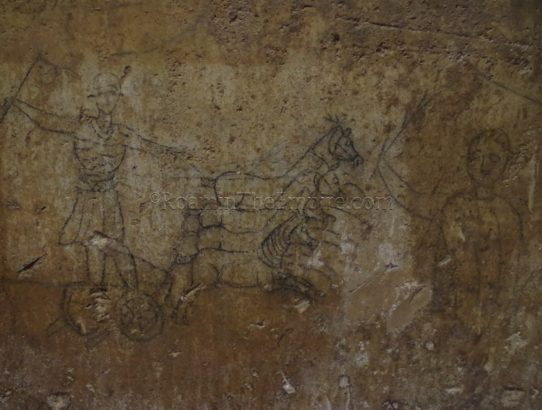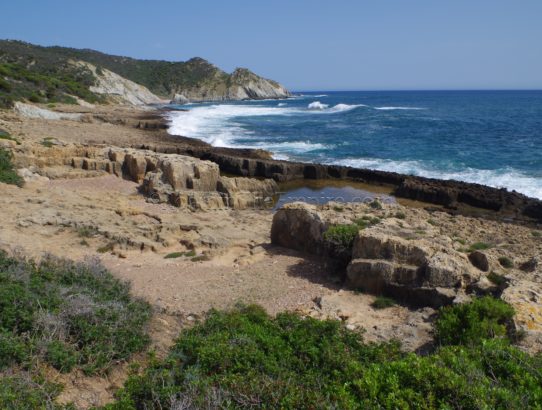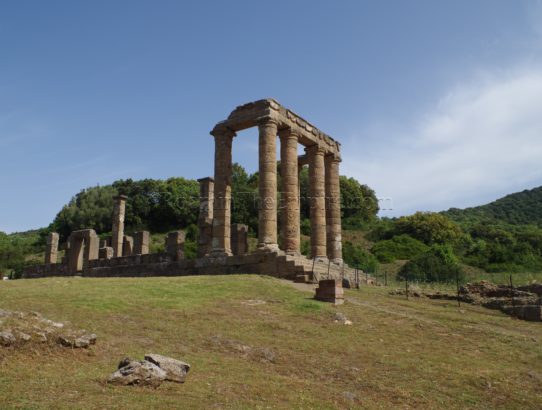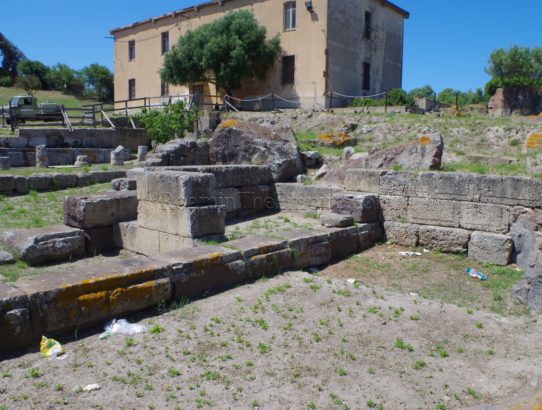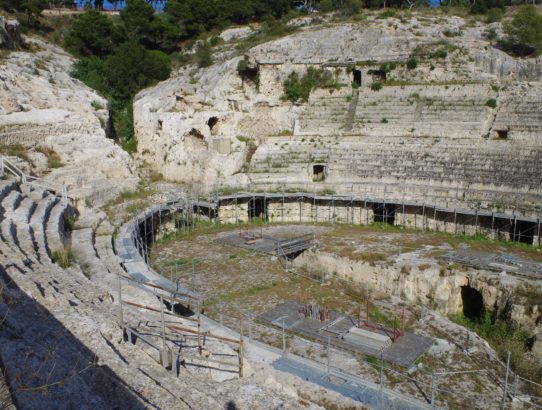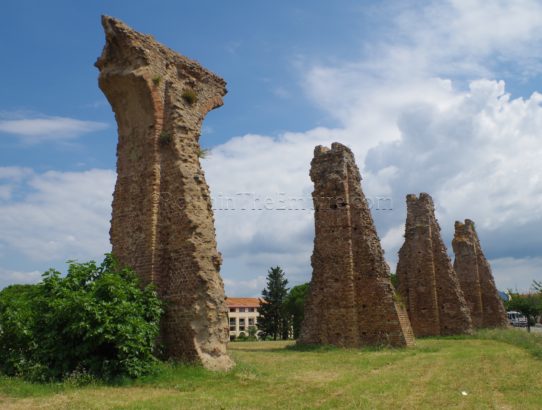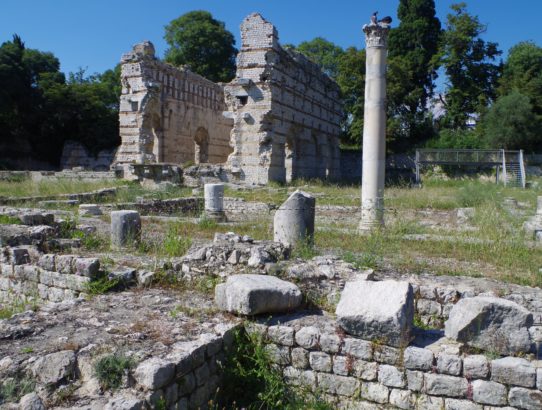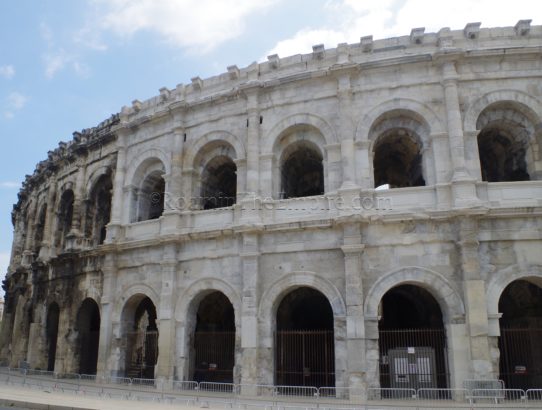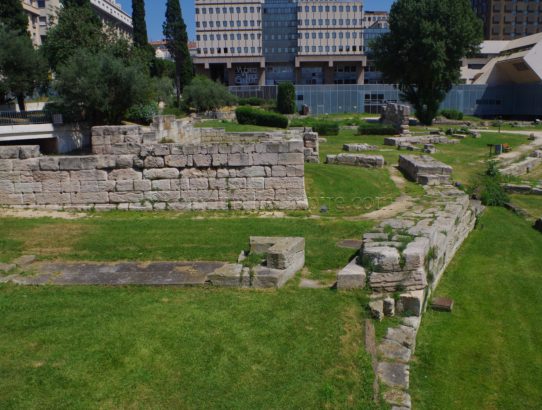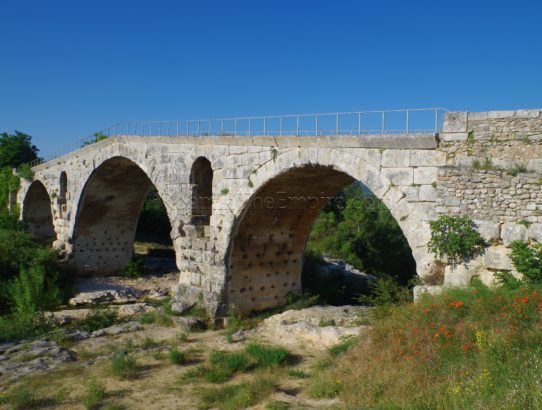Tharros Area, Sardinia
There are a number of sites in the immediate vicinity of Tharros that are worth seeing. Two of these are in the tiny village of San Salvatore di Sinis, about 10 minutes north of Tharros. The village sits at the junction of the SP7 and SP6, the two roads one would take to get to…
Read More


